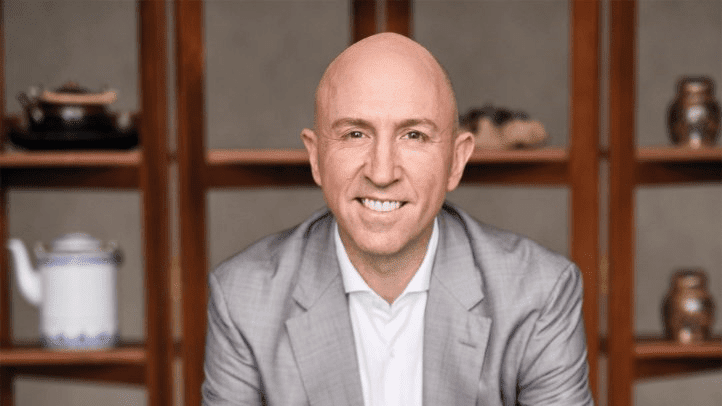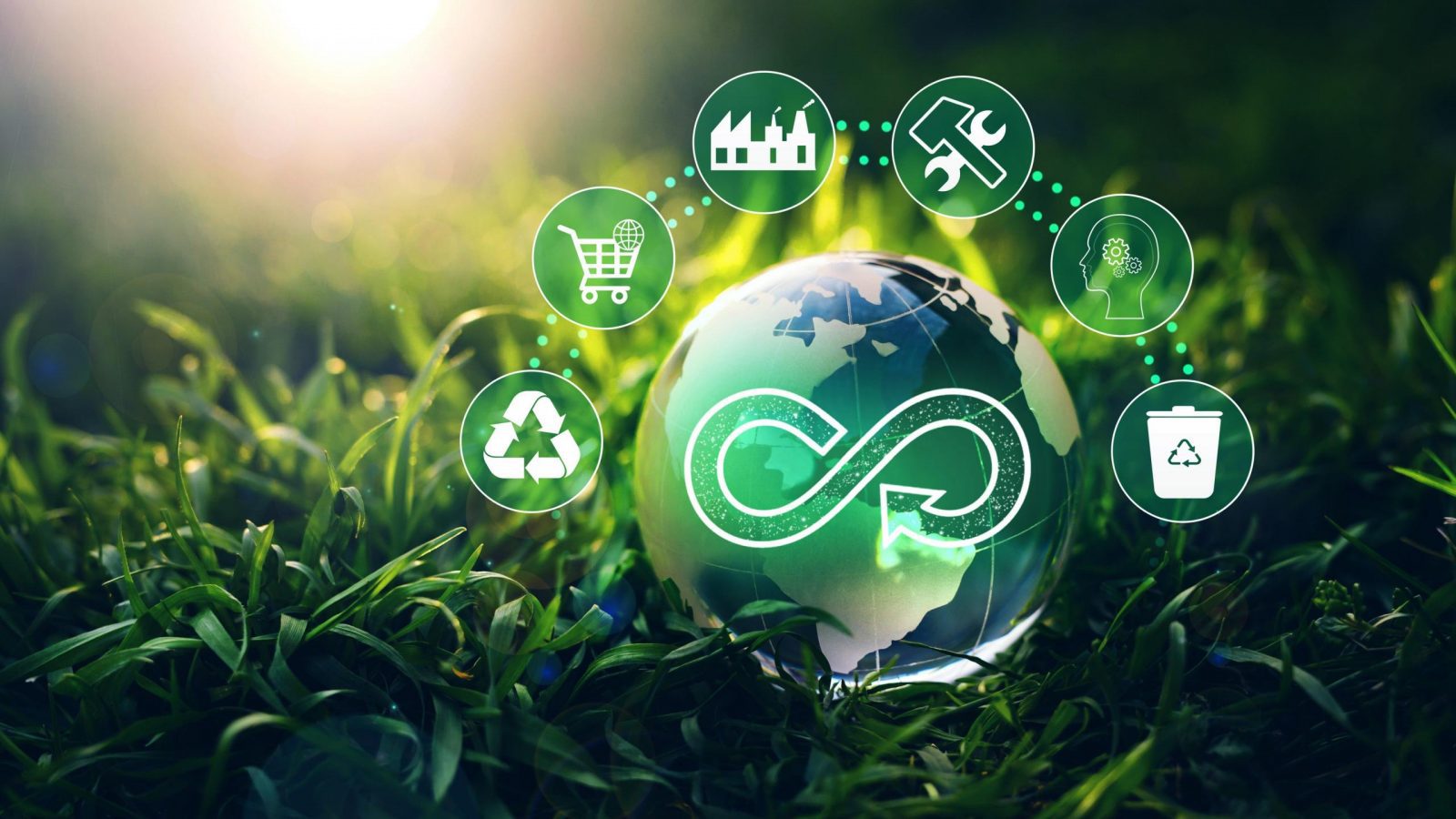interviewed Russell to get a better understanding of what it takes to transition to a circular economy.
The interview has been edited for clarity and length.
: What is your background and knowledge of circular economies?
RUSSELL: “One of my biggest priorities is helping customers build more resilient and sustainable supply chains by factoring circularity into product design, manufacturing and logistics processes.
 Scott Russell (Photo: SAP)
Scott Russell (Photo: SAP)
: What market signals have set the shift toward a circular economy in motion?
RUSSELL: “Sustainability is now a business imperative. We’ve found that consumers, investors, regulators and employees are increasingly demanding more responsible products and services with circularity principles in mind.
“Increased regulation has played a key role in circular economy practices. Extended producer responsibility laws help ensure that the manufacturer of a product is responsible for its ultimate recycling, reuse or disposal.
“There has also been a surge in plastic taxes, which impose a charge on companies using materials that do not contain a certain amount of recyclable content.”
: How are companies responding to this idea?
RUSSELL: “Manufacturers used to design products based on cost and performance, but going forward, they will focus on sustainability and recyclability, new regulatory environments, and new technologies. Companies have continued to release new products that allow manufacturers across sectors to reap the rewards of a circular economy as well.
“One way the company achieves this goal is by offering an end-of-life take-back service that recycles, reclaims or destroys the sulfur hexafluoride gas contained in customers’ electrical equipment.
: What sectors are embracing circular design the most right now?
RUSSELL: “Packaging is a big one. It’s frustrating to manufacturers, retailers and consumers and causes untold environmental damage. However, the good news is that circular business principles are being applied in this space to ensure packaging is designed with reuse and recycling in mind.
“Manufacturers, transportation and logistics are industries adopting circular economy principles. In manufacturing, we’ve seen more companies building new business models in which they make goods once and customers reuse them.
“They’re also developing alternatives to purchasing raw materials by reclaiming valuable materials from complex products, a practice that is particularly common with electronics. In some cases, recovering and reusing resources can be more cost-effective, as well as more environmentally sound, than extracting raw materials.”
: How do circular practices impact costs and logistics?
RUSSELL: “Traditionally, supply chains have been linear and unidirectional, but this is being disrupted with reverse logistics and circular supply chains.
: What are some of the benefits and challenges of a circular economy?
RUSSELL: “The entire planet stands to benefit from the circular economy. Every human being, enterprise, plant and creature will benefit from an economic system that generates less waste and pollution, keeps products and materials in use longer, and regenerates natural ecosystems.
“While there is huge potential, it doesn’t come without its challenges, including:
“While this will certainly come with challenges, putting these practices in place will be beneficial long term.”
: What advice do you have for companies considering going circular?
RUSSELL: “Think about every aspect of the business. Having a left-to-right view of the vision and strategy all the way down to the value proposition to the customer will enable companies to more effectively make this move to circular business.
“Leaders looking to embrace a circular business model should consider:
“Transitioning to circular practices brings great social and economic opportunity. As the pressure to become more sustainable ramps up, delivery and logistics are obvious paths to implement green measures.
“These will go far in creating a competitive edge as companies spend less money on delivery by using less energy and other resources, get better return on their investments, such as truck fleets, and identify better ways to deliver.”






